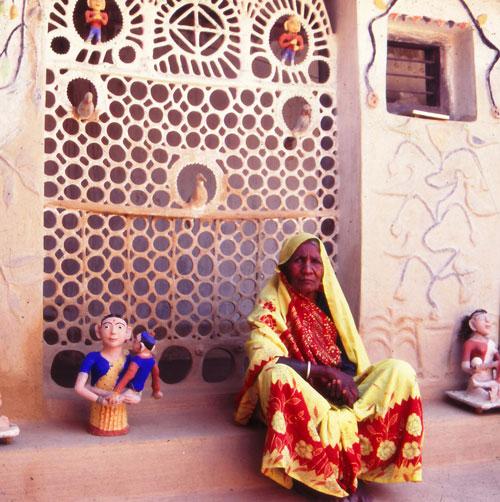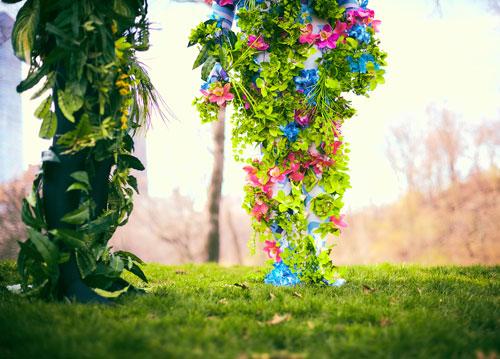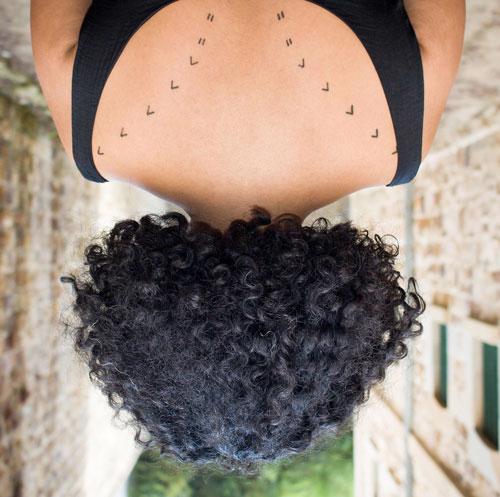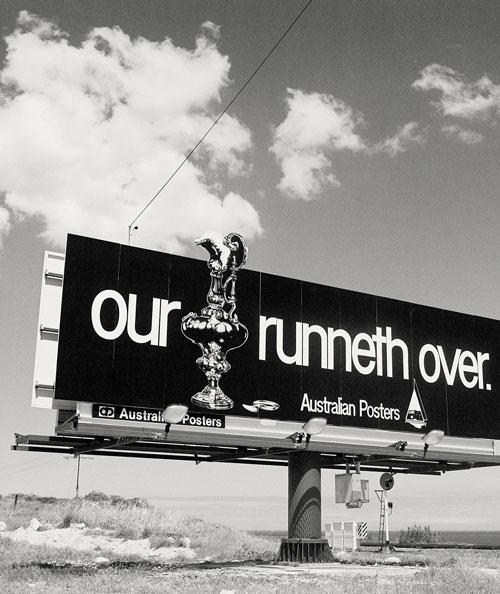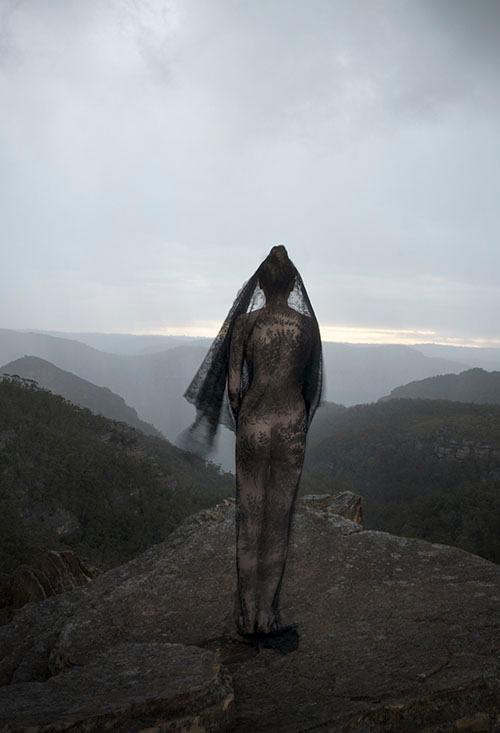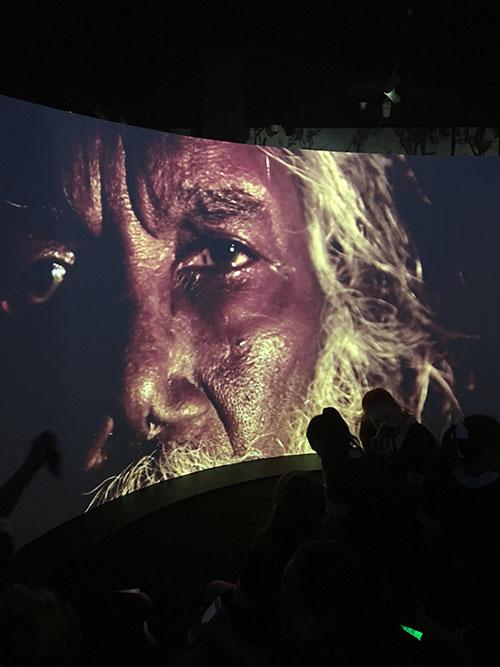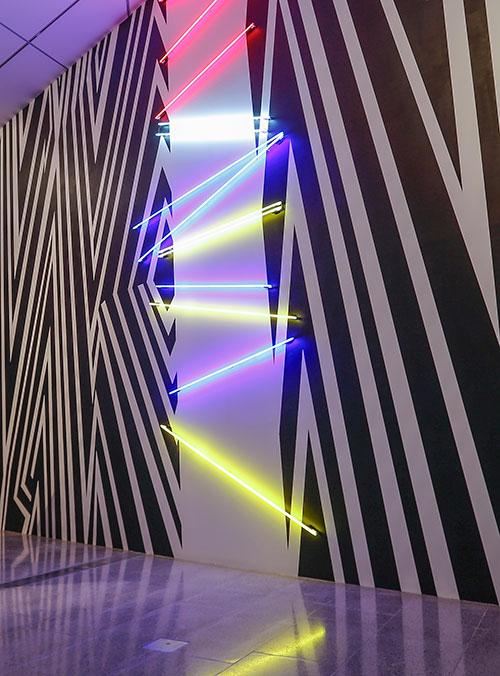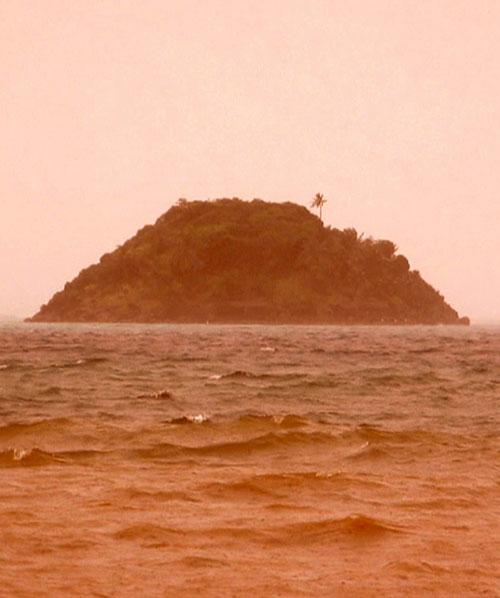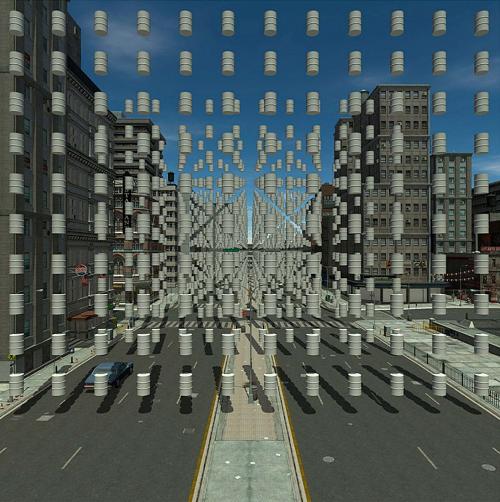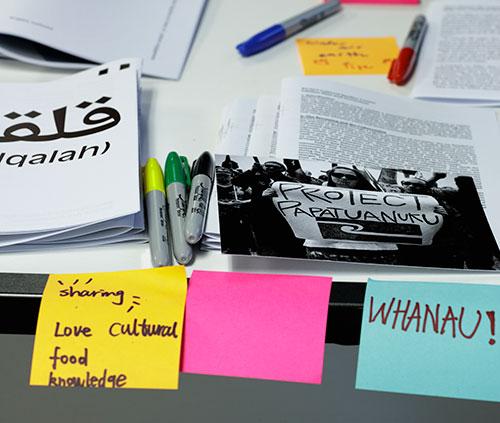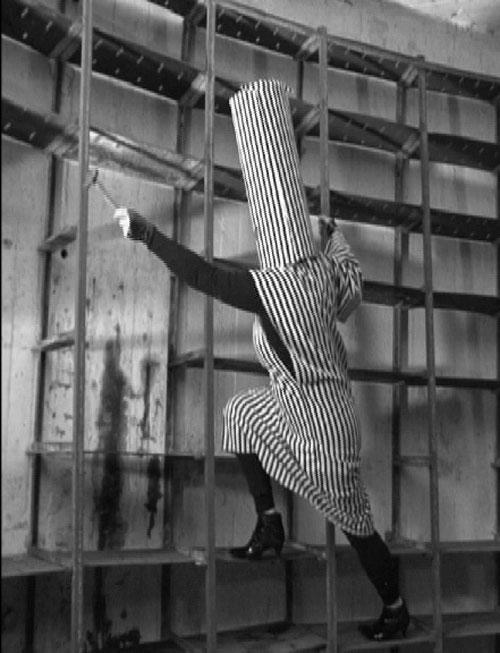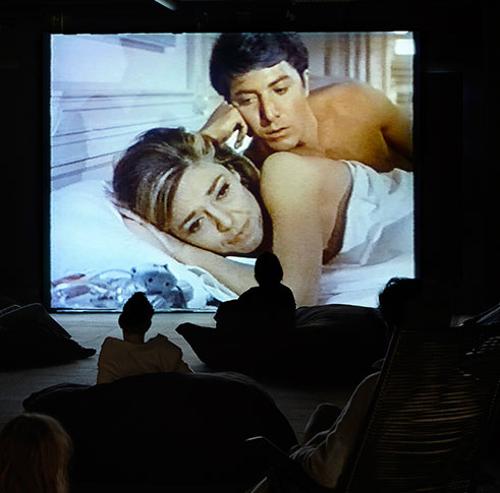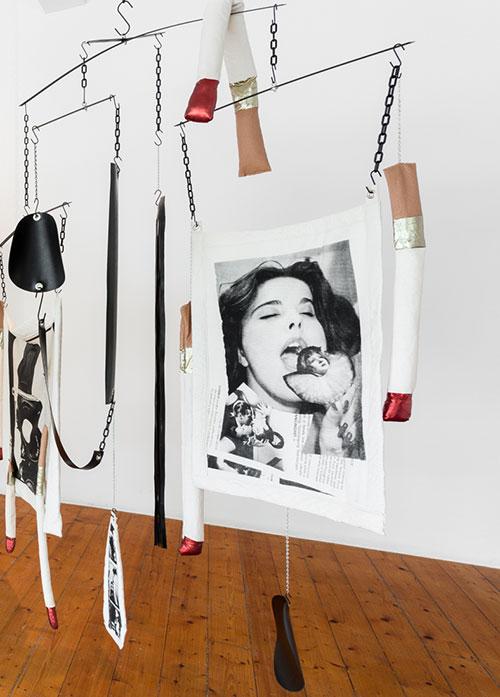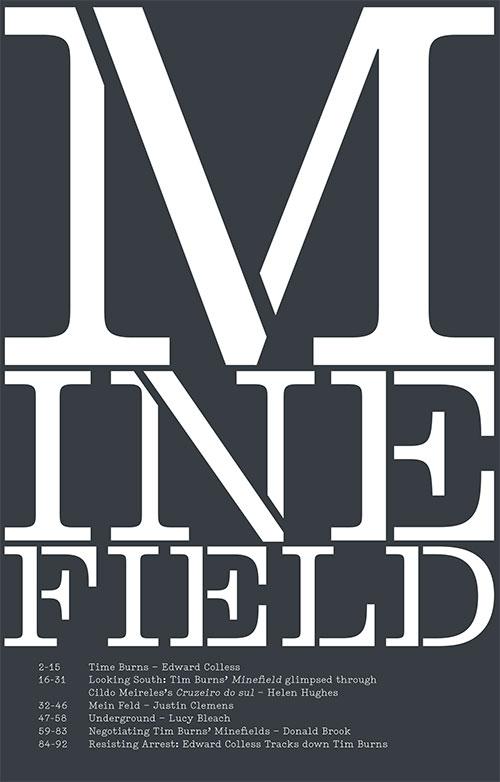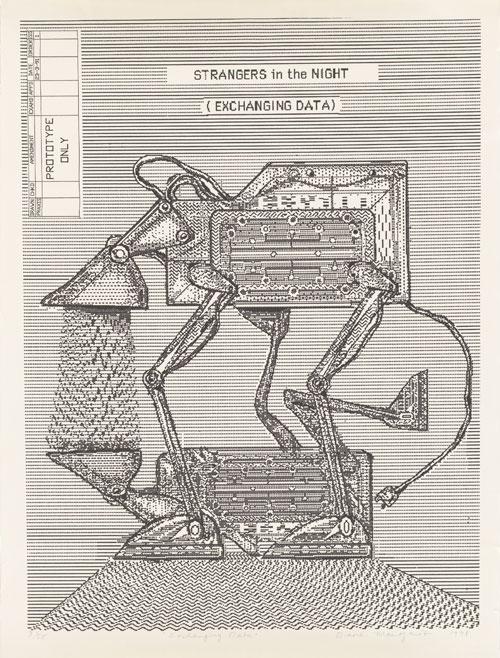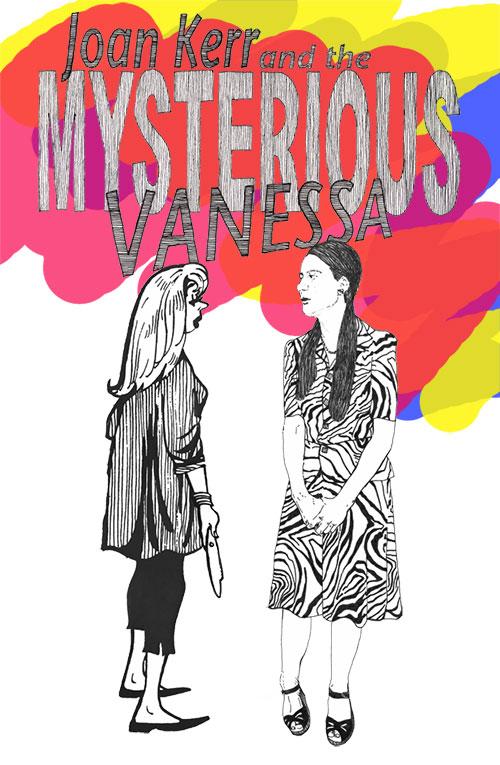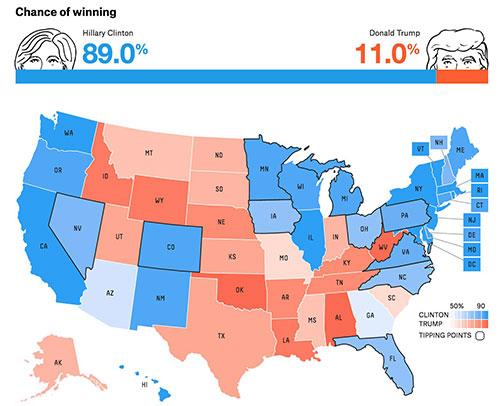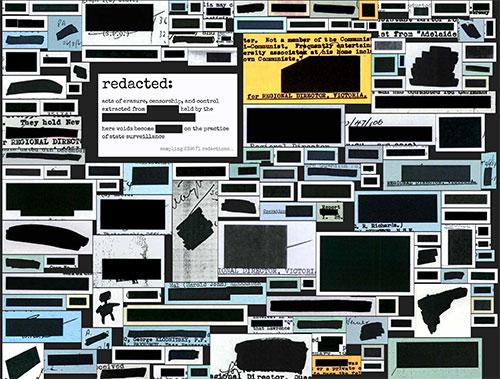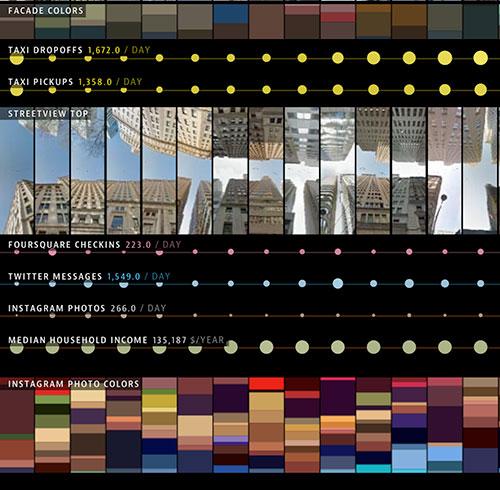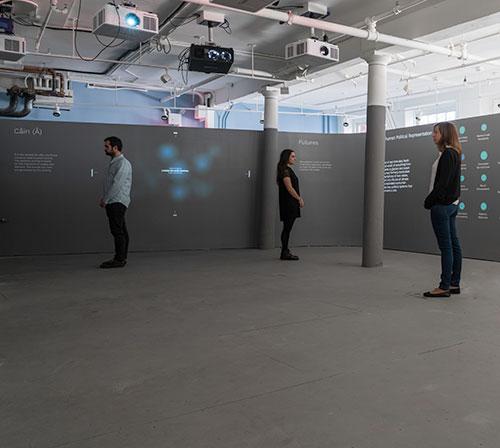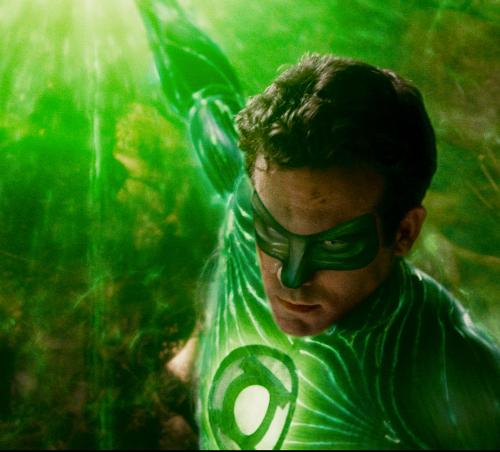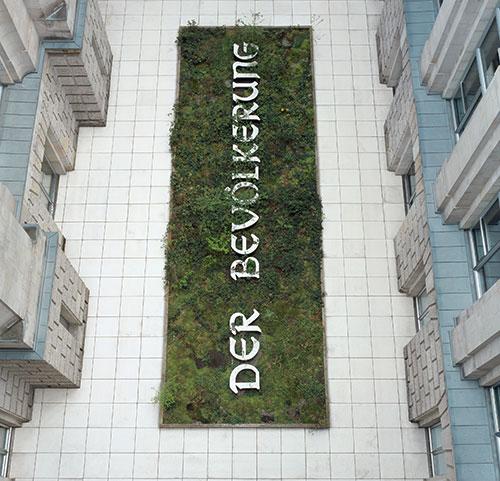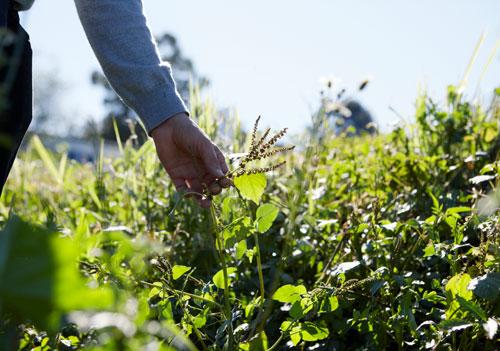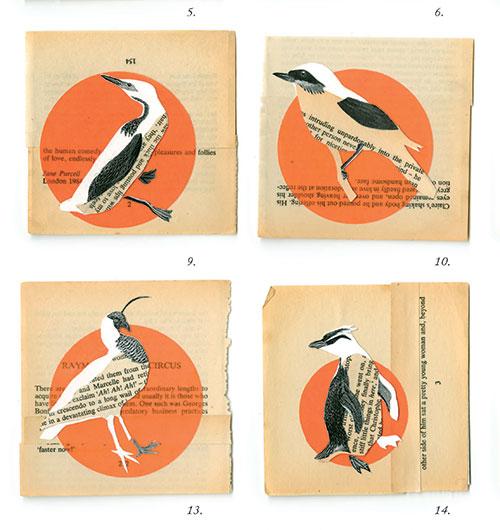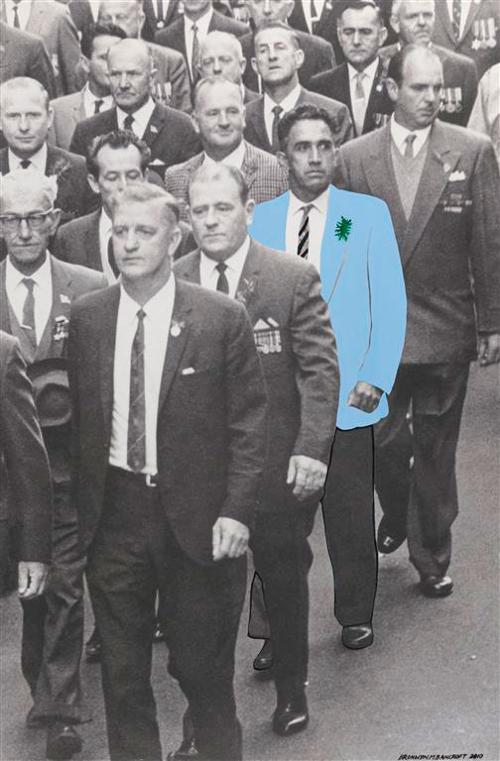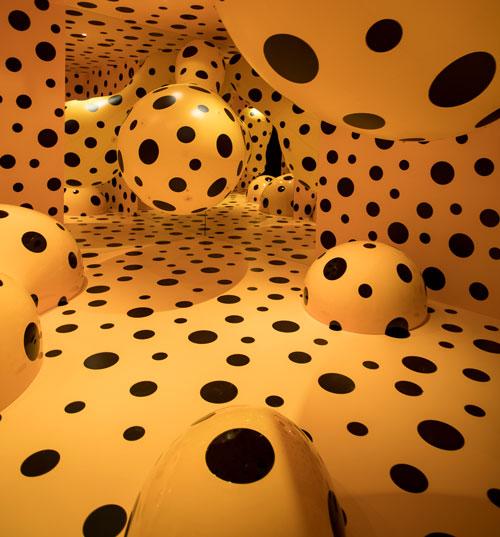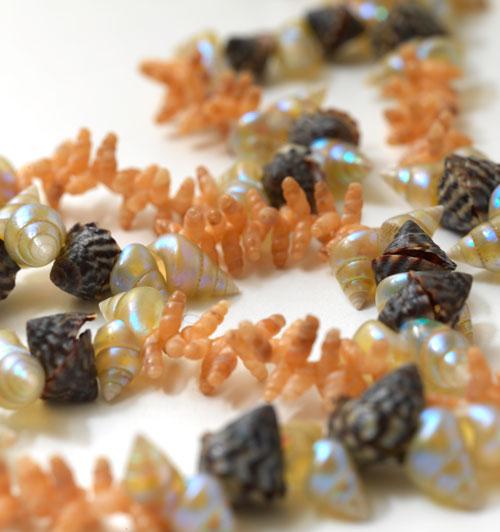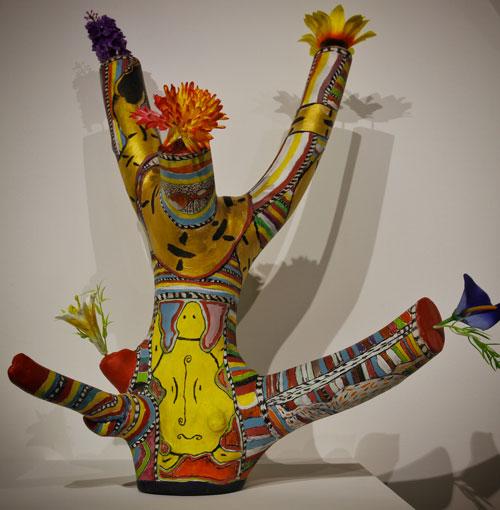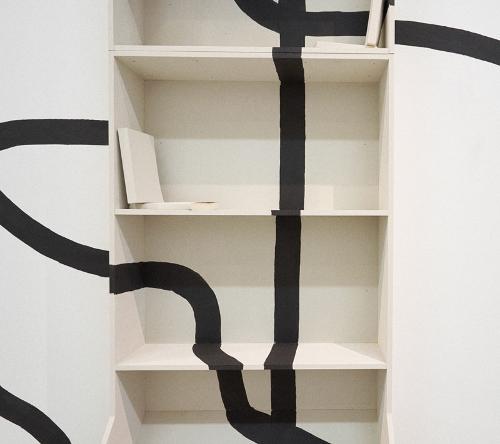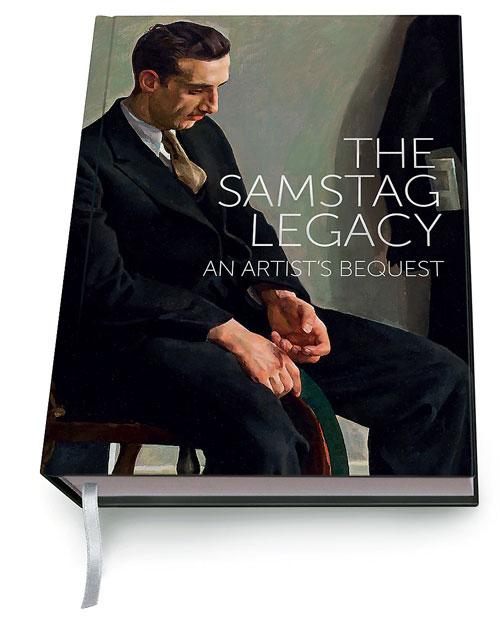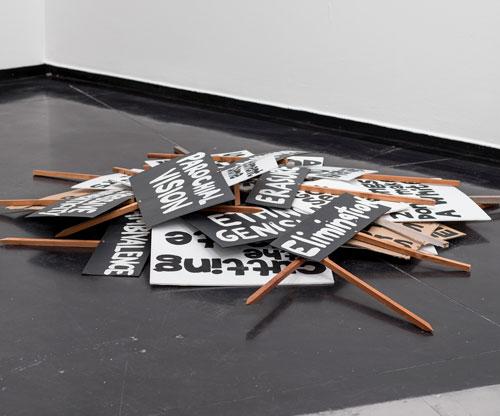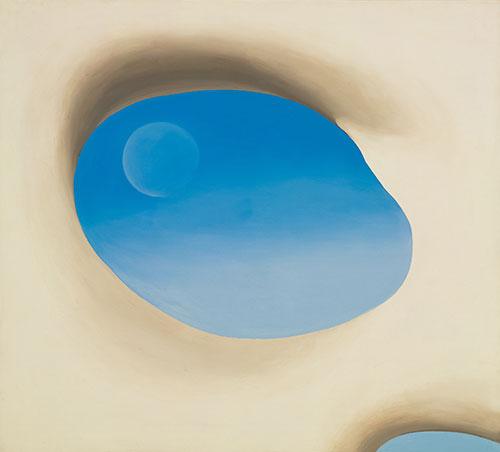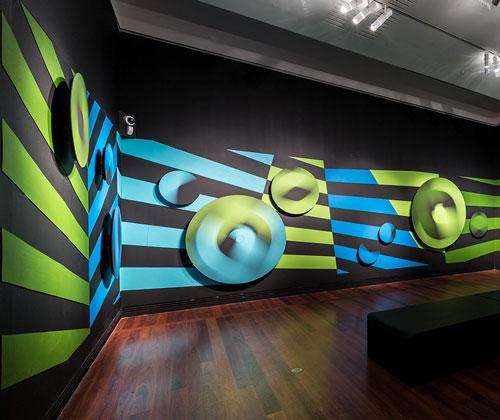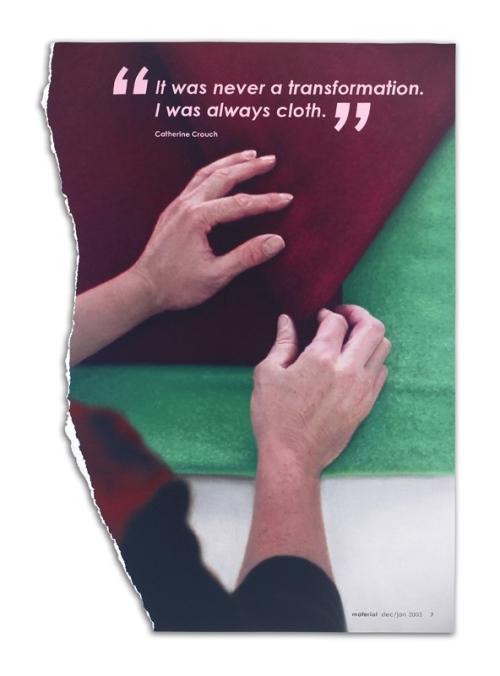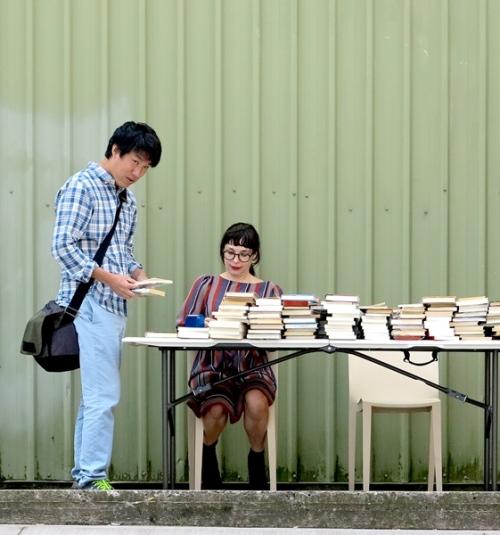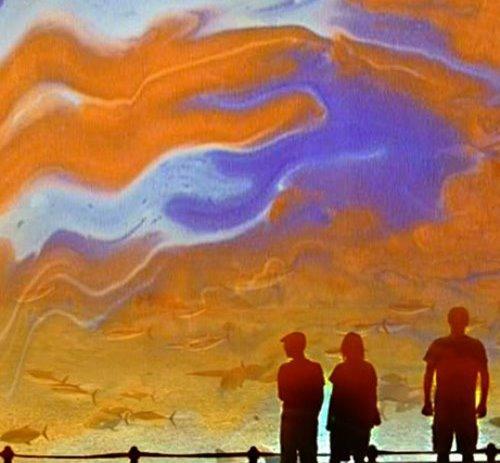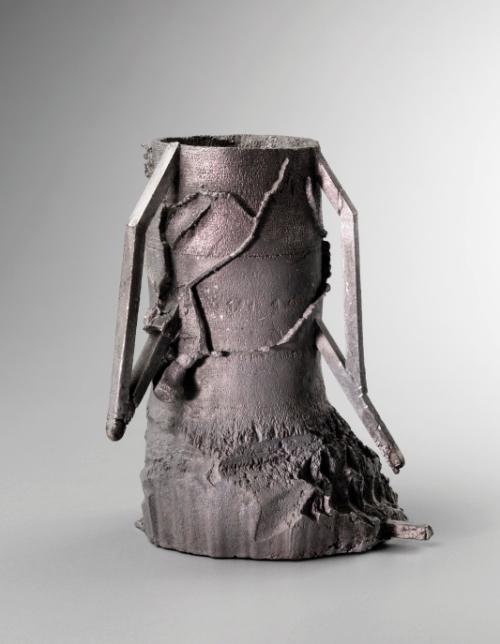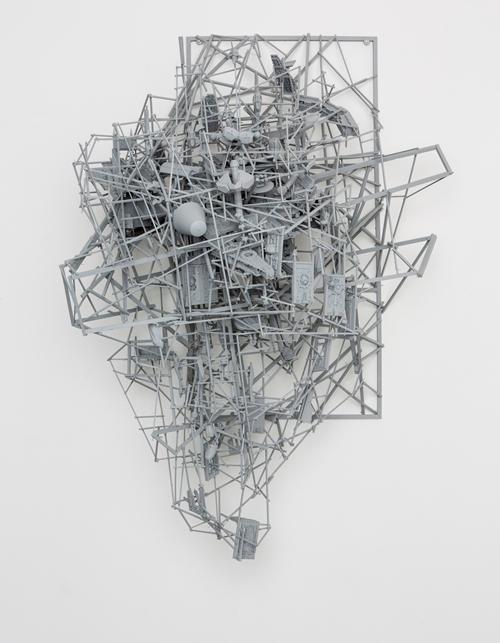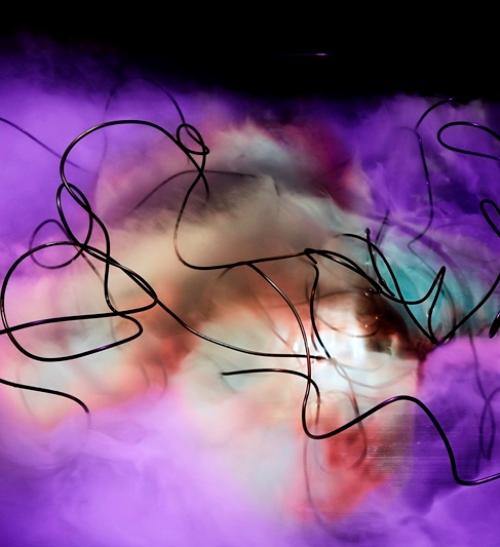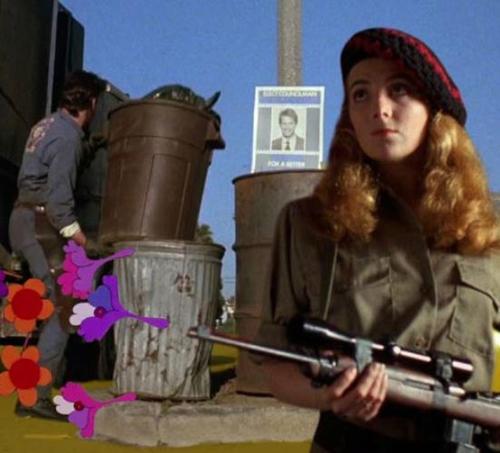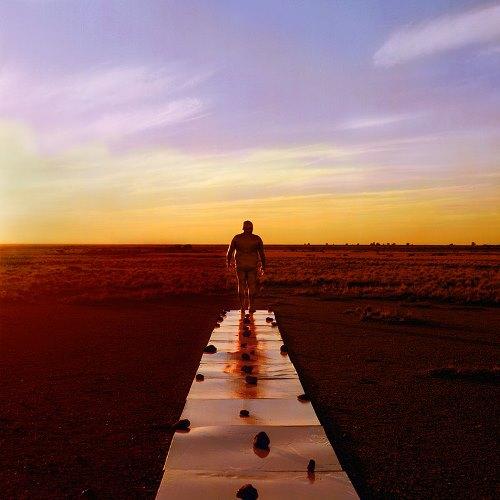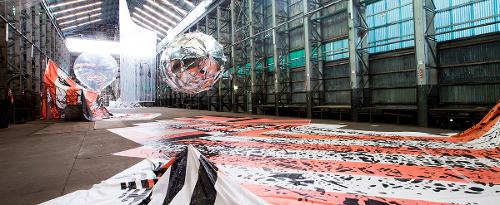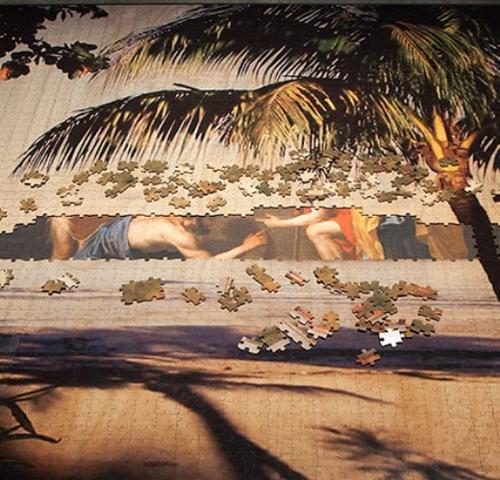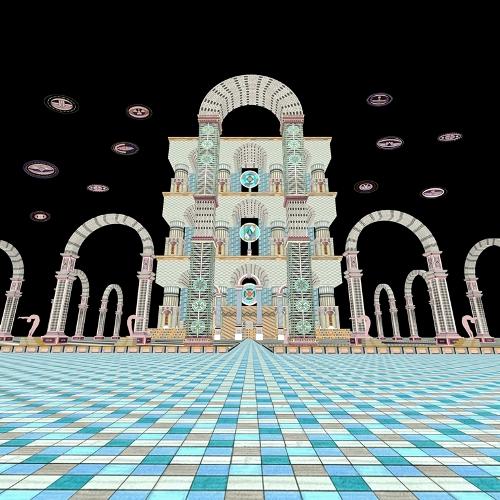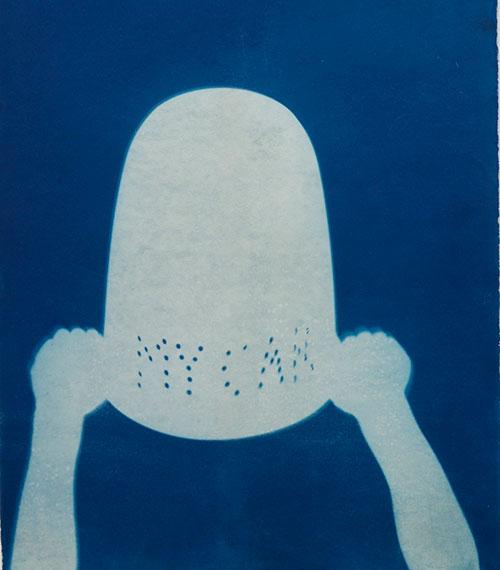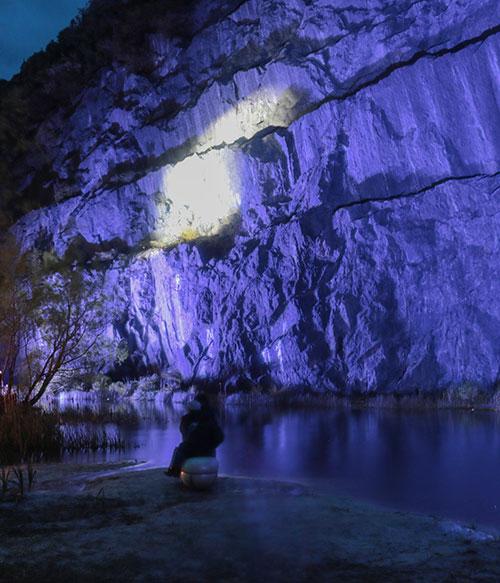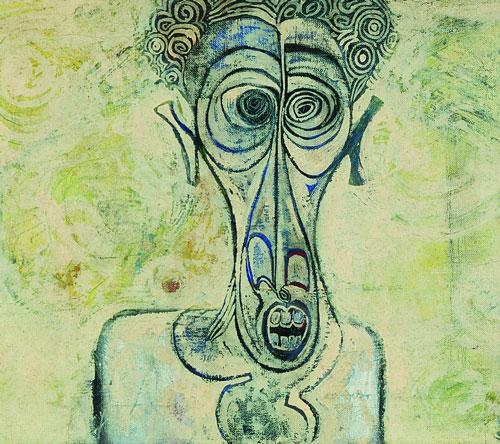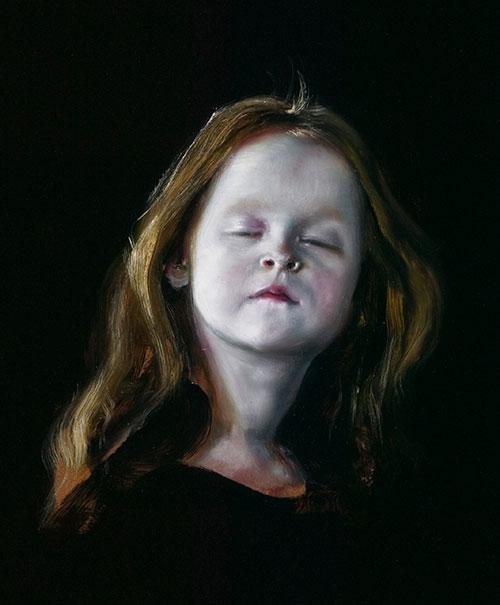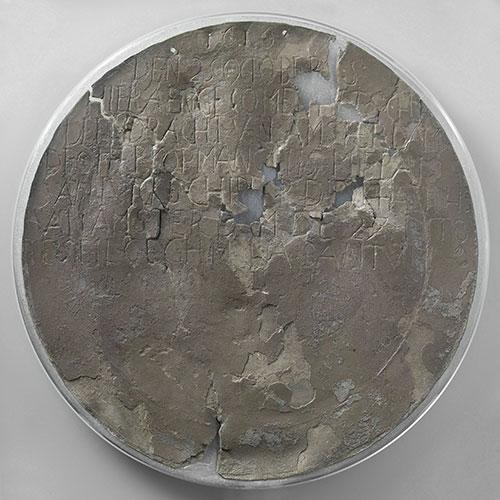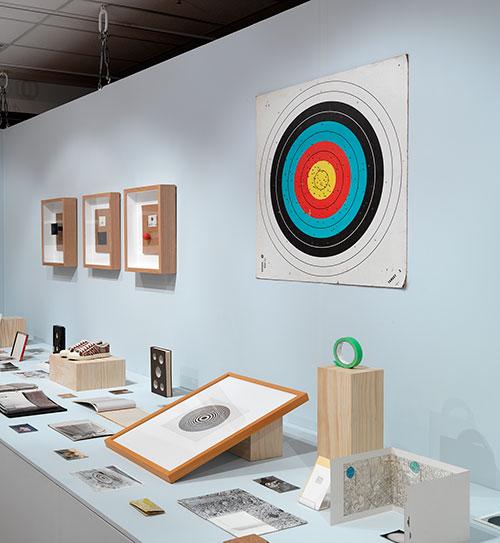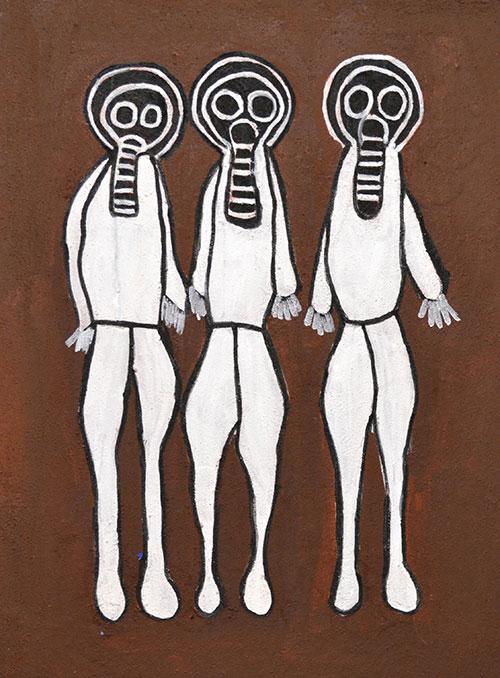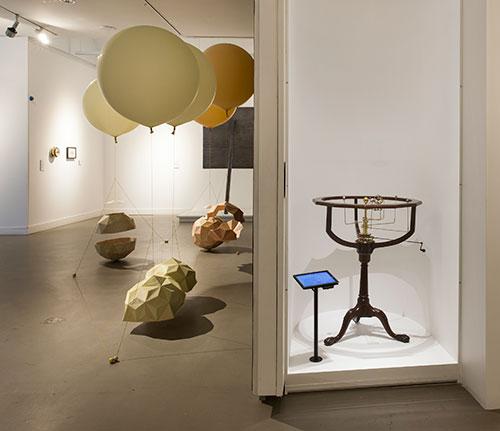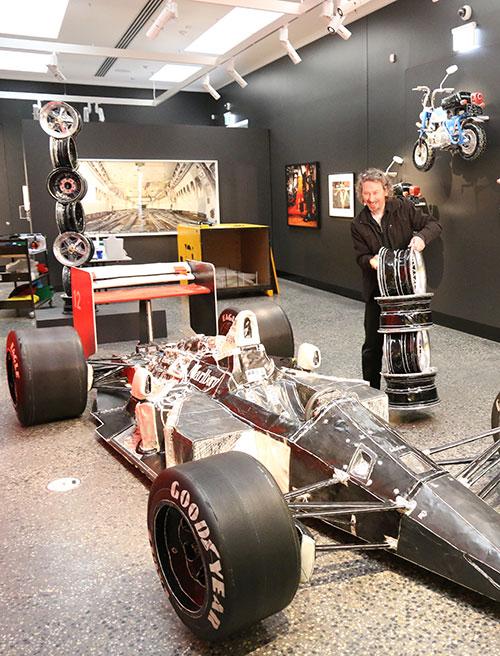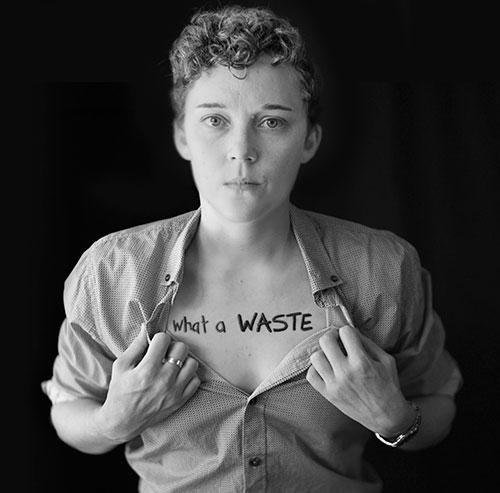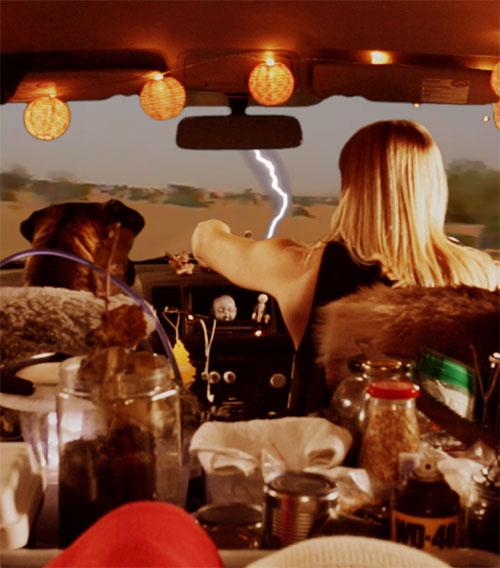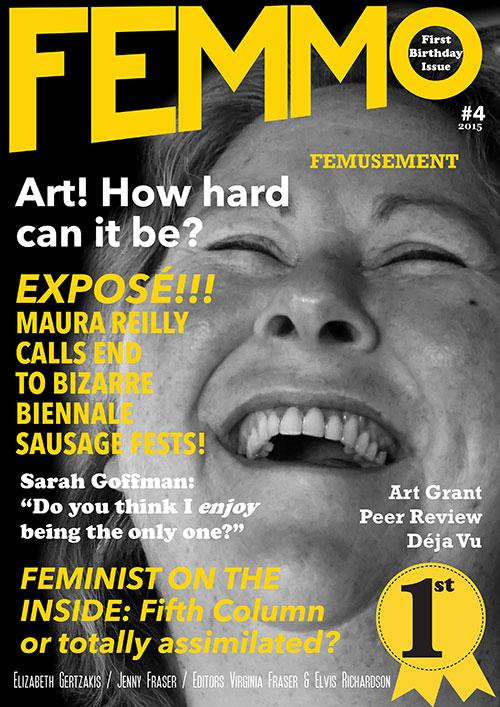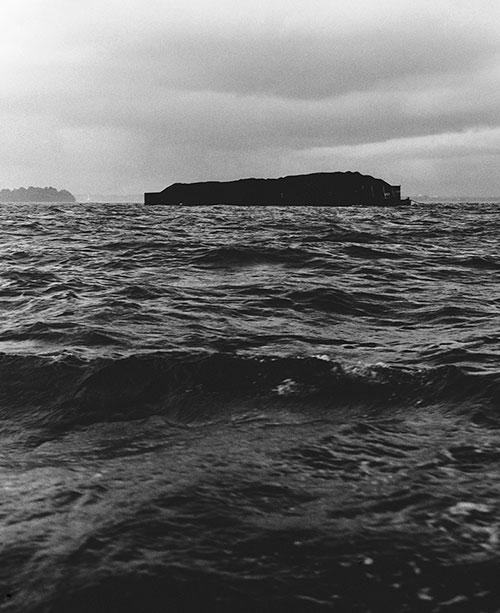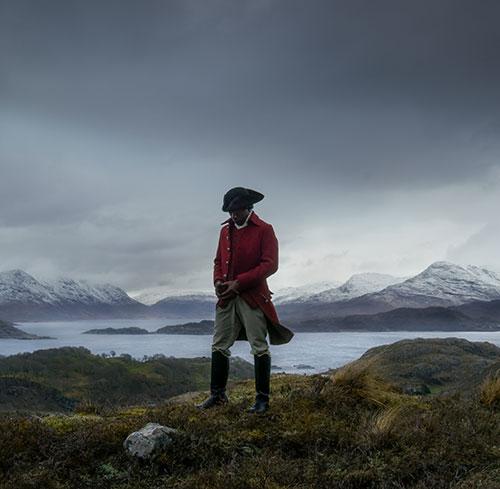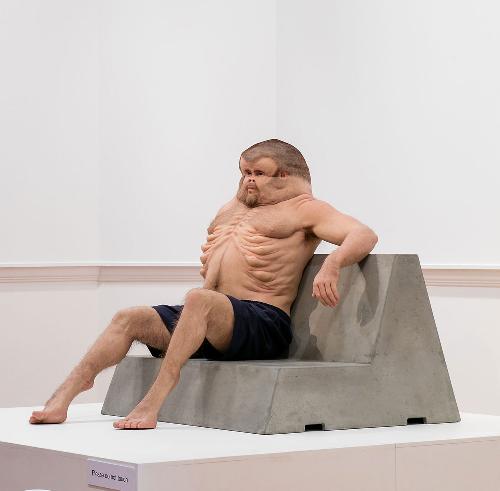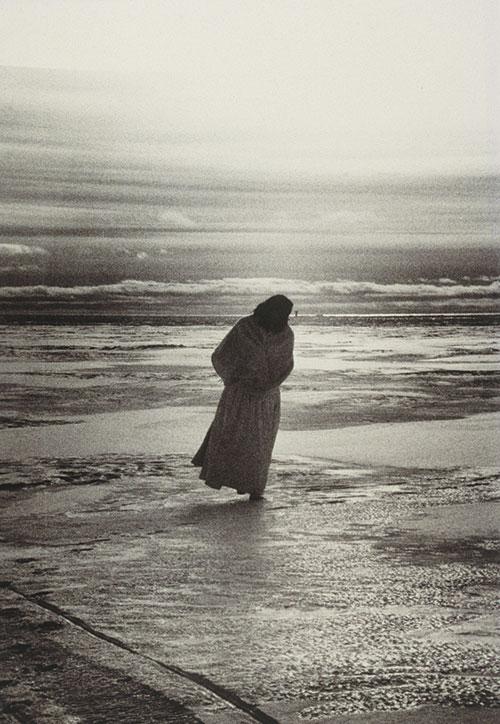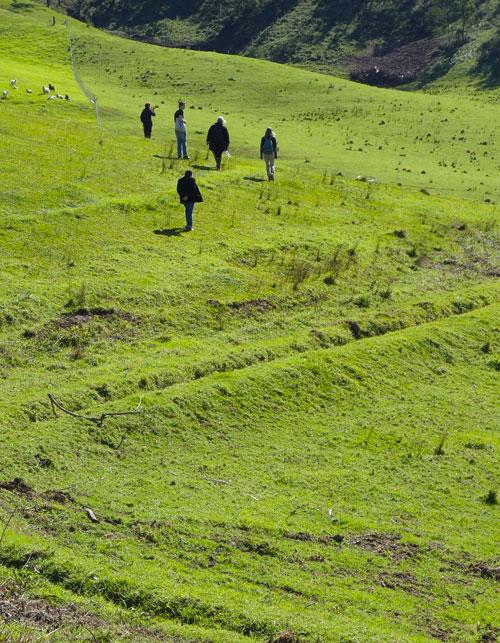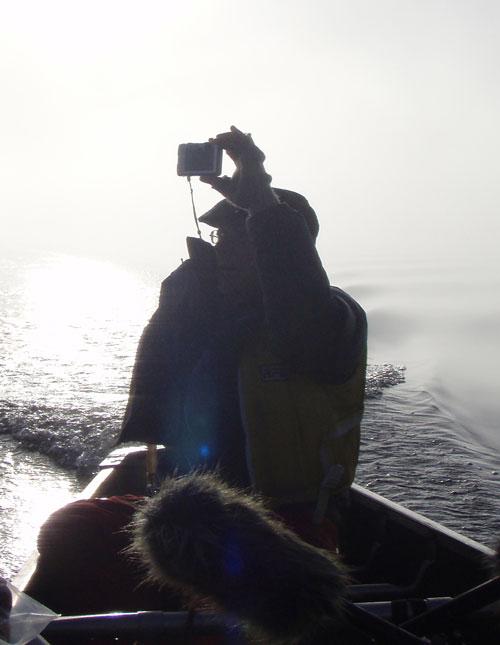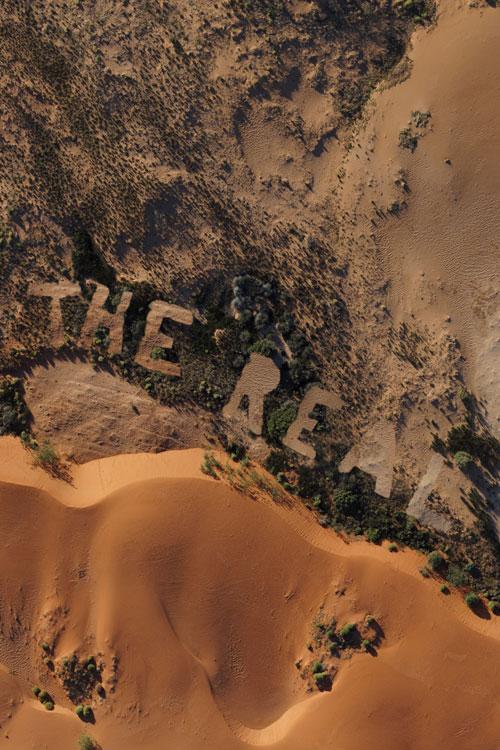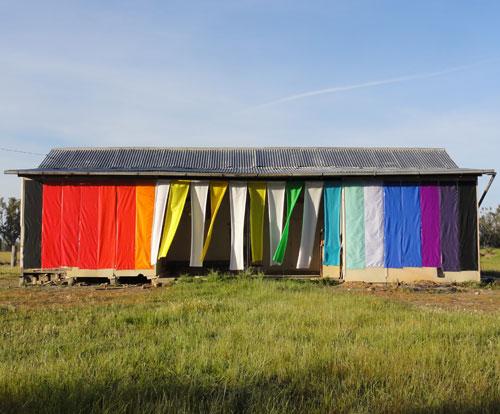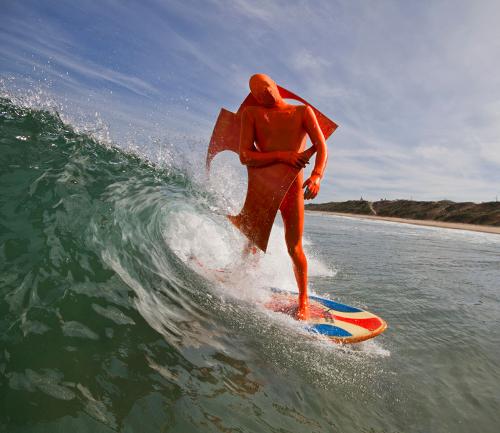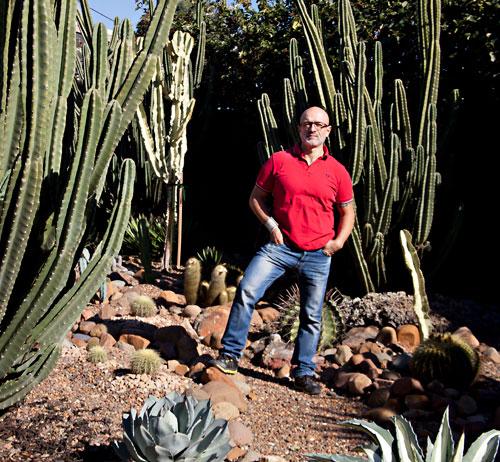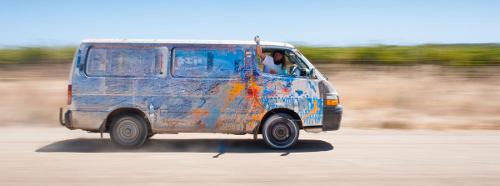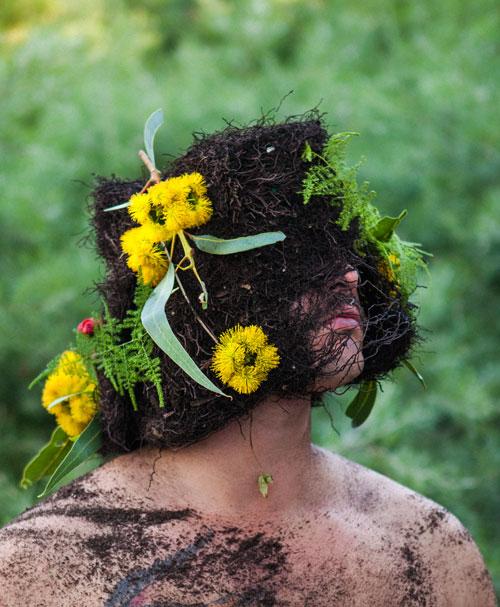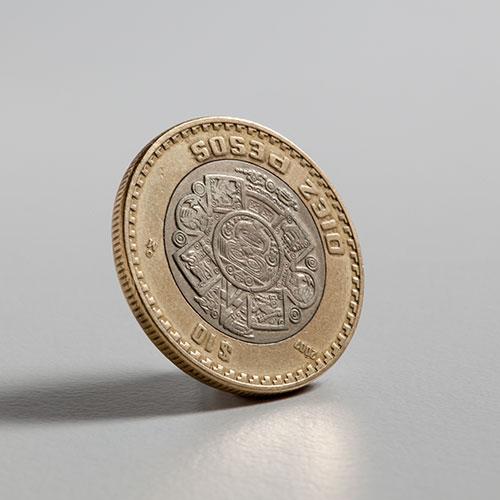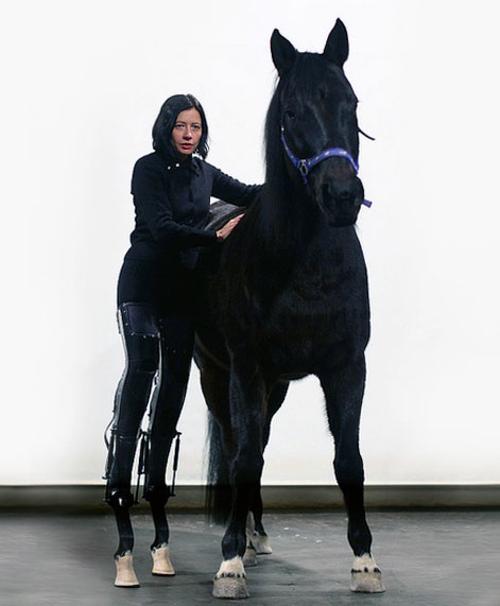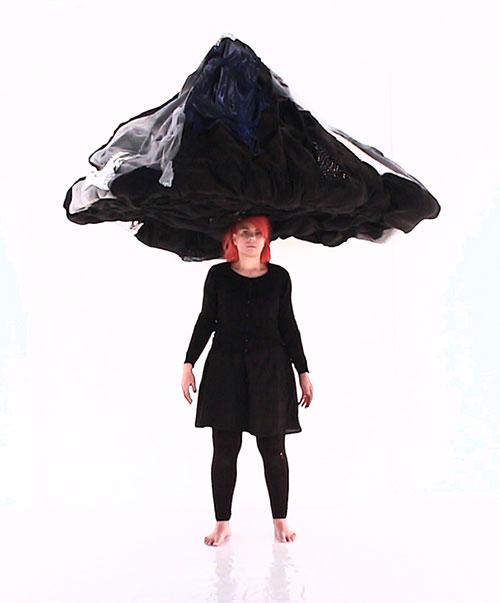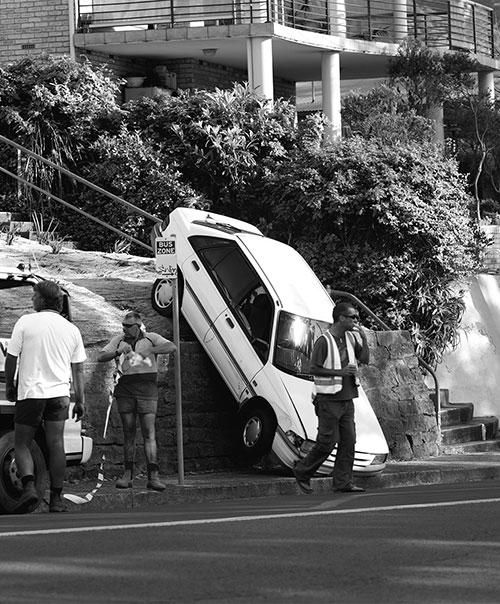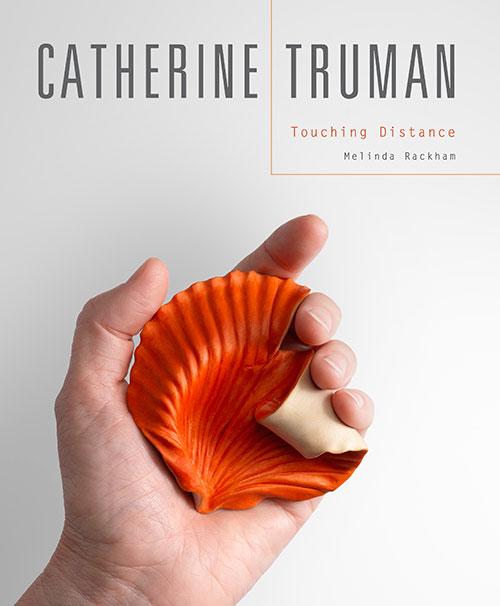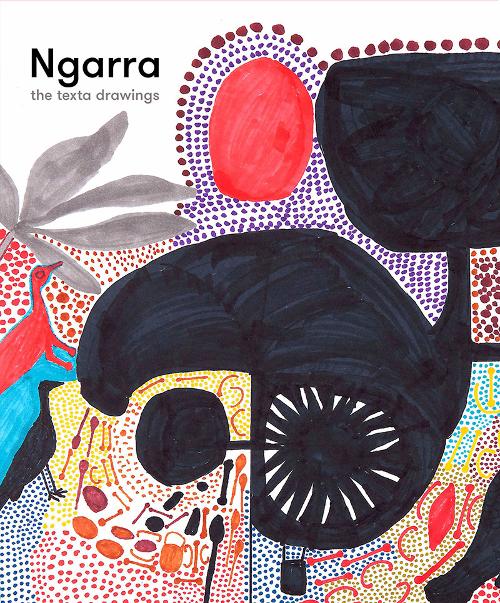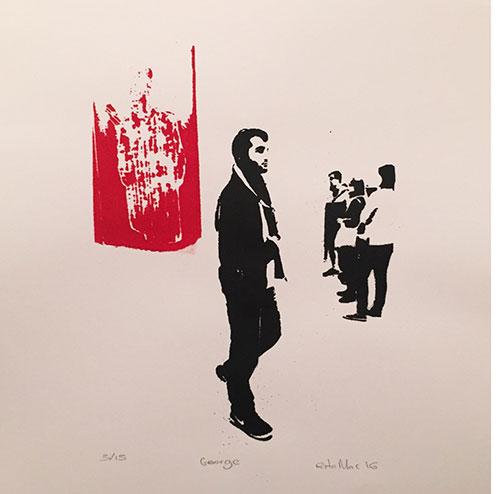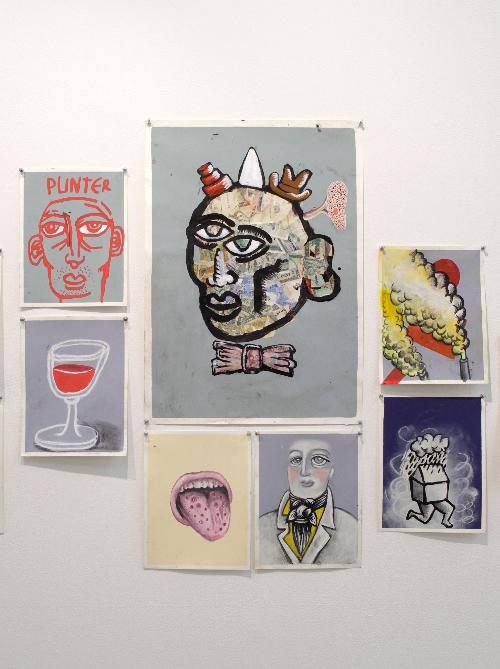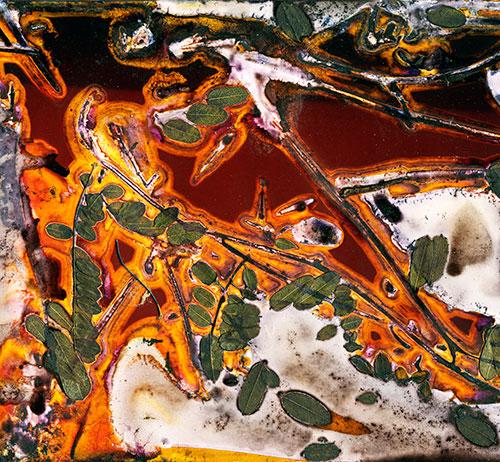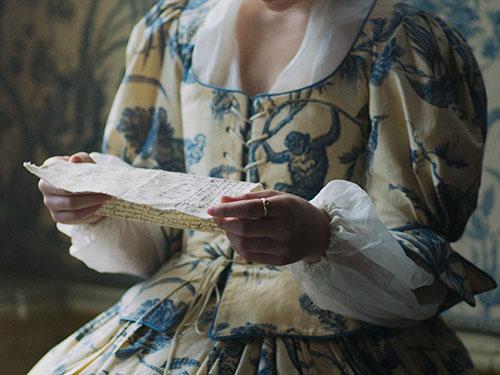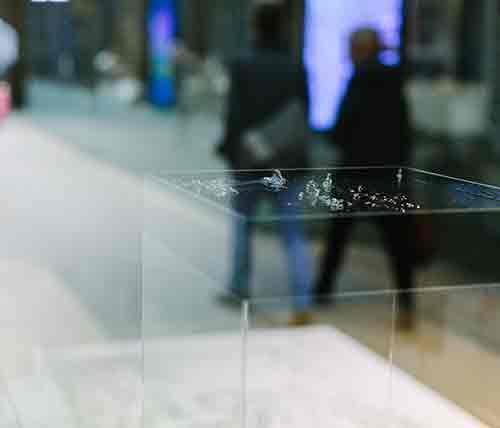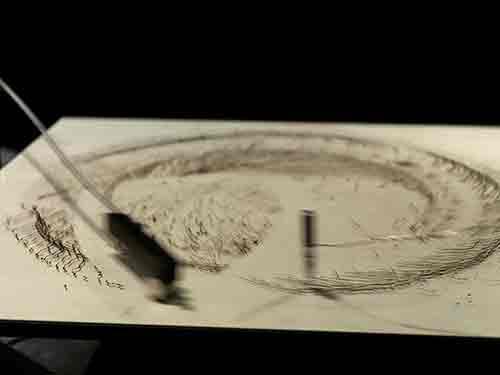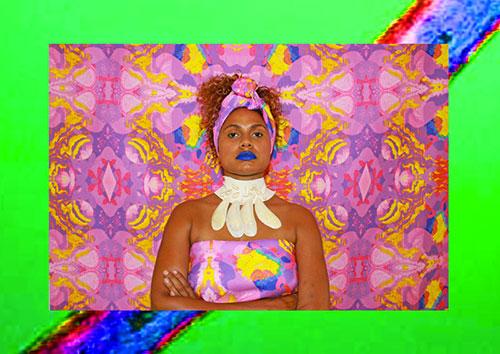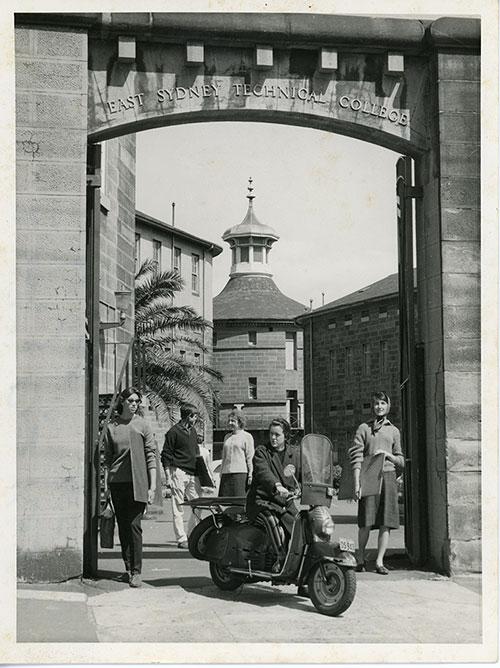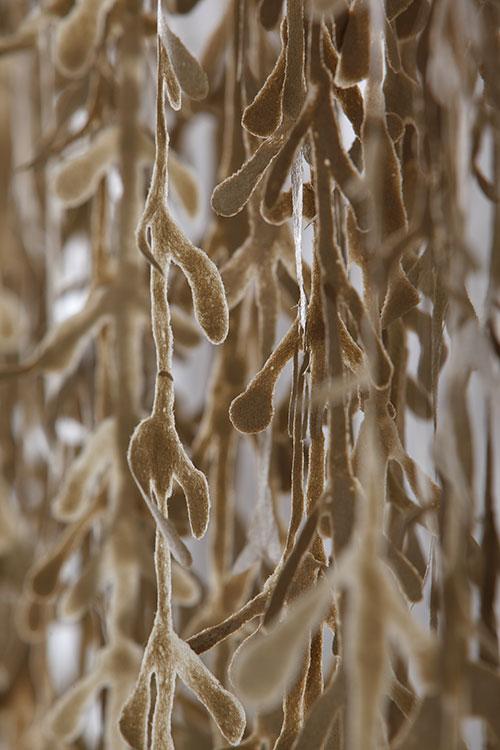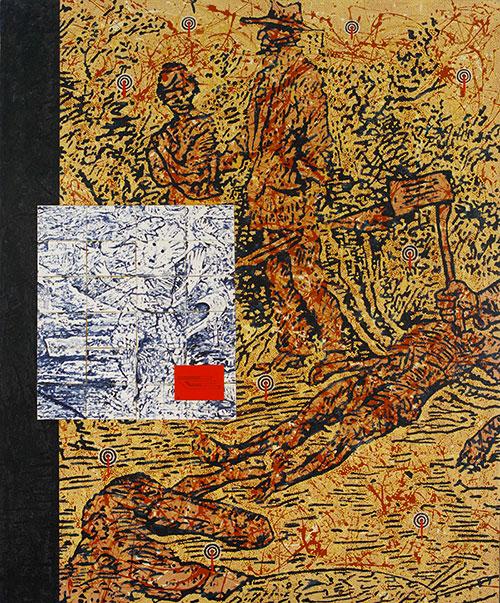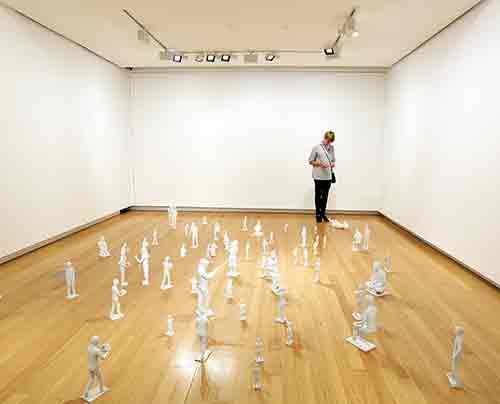Search
You searched for articles ...
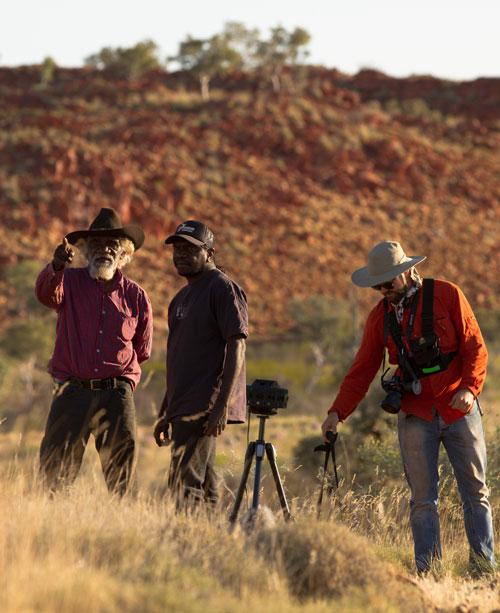
On the cross‑cultural collaborations of filmmaker Lynette Wallworth working with Nyarri Nyarri Morgan and Curtis Taylor
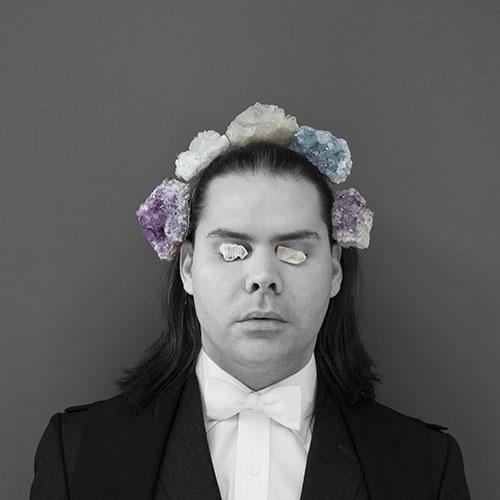
An emerging history of transcultural engagements in recent years is evident in the growing number of projects by Australian Indigenous artists working with collections held by British cultural institutions. From Judy Watson’s research at the British, Horniman and Science museums in the 1990s, to Daniel Boyd’s residency with the Natural History Museum and projects by Brook Andrew and Julie Gough at the Cambridge Museum of Archeology and Anthropology, these Australian Indigenous artists have negotiated complex histories of colonial collecting practices, contemporary modes of museum display, issues of cultural ownership and repatriation, as well as the role of the artist as a new kind of researcher and interpreter of archives and cultural heritage.
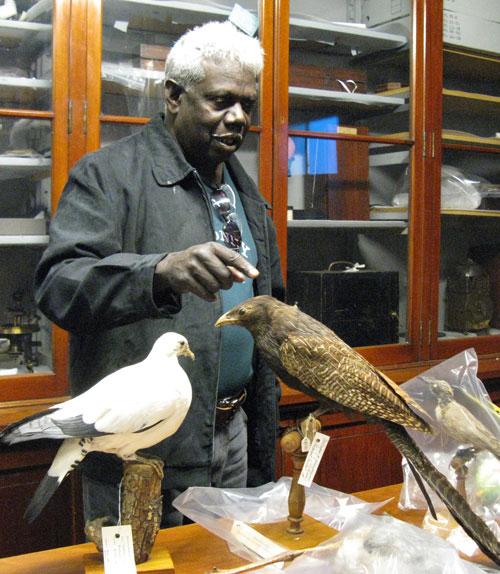
I can remember the first time I was taken into a museum storeroom. I remember it being still, organised, open and unashamed. I could see countless rows of shelving stretching from the floor to a ceiling so high that the optical illusion it created masked its vastness. The air was unmoving, the smell musty and organic. When my eyes adjusted to what lay on these shelves I had trouble taking it all in: wood, feathers, stone, bark, ochre worked in countless combinations. I searched for the clues which would guide me to material from north‑western New South Wales, to my Father’s country, and my ngurrambaa (Yuwaalaraay) or “family land”.
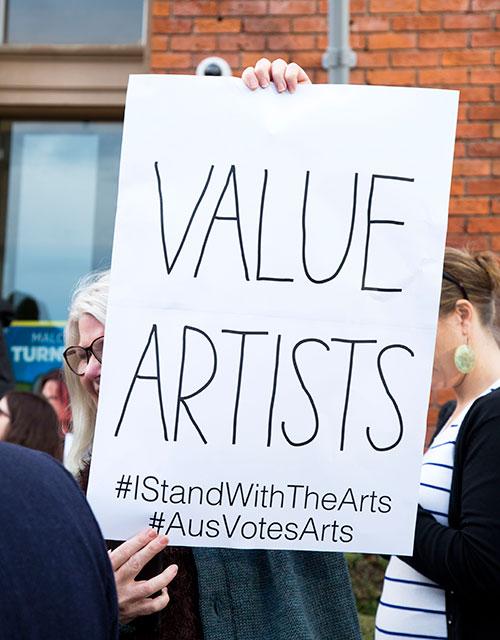
In 2016 the arts in Australia inhabit a dystopian world. It could be described as a place of absurdist contradictions, where only those who have mastered the arcane rules of the Hunger Games have any chance of surviving. Possibly the greatest change is that arts funding is now a partisan political issue in a way that it has not been for some generations. In the past there were concerns about the internal politics of art bureaucracies, but now the allocation of funds to support the arts (or not) has become a party‑political issue. The Commonwealth Government recently presided over the greatest reduction in arts funding in Australian history, but when questioned on this in a public forum, the art‑loving/art-collecting Prime Minister was unaware of the impact of his party’s budgets on the arts. It is probably unfair to blame the current Prime Minister for the devastation that was wrought in the time of his predecessor.
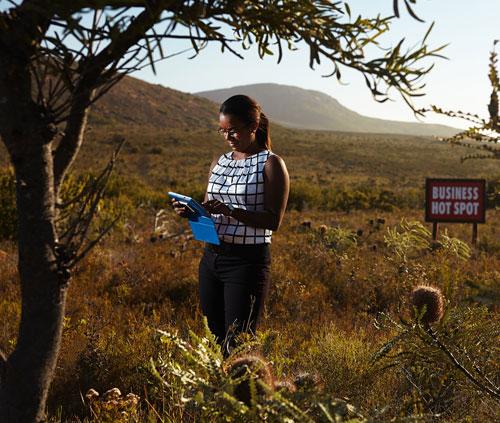
Nearly two decades ago, when artist Rodney Glick and I started discussing the possibility of developing an international contemporary art space in a small country town, people found the idea both comical and intriguing. They laughed when they heard it first but then reconsidered, perceiving a potential beyond the apparent joke. The reason for such hilarity is obvious: contemporary art is so closely associated with the inner city areas that the idea of transplanting it among paddocks and feedlots came across as funny, like a hairy man wearing a tutu.
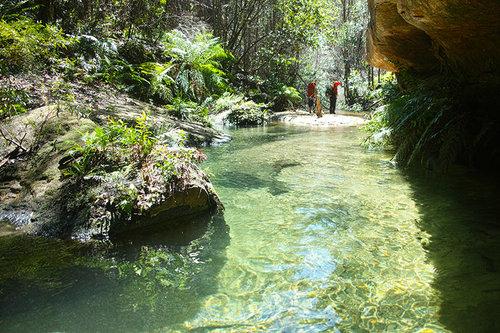
Solastalgia has come to signify distress caused by environmental damage. The term, originally coined by philosopher Glenn Albrecht, specifically addressed the condition of existential distress caused by the physical destruction of one’s immediate environment. As the global extraction industries and the financial institutions that bankroll their reach increasingly dominate, with direct impacts on land, solastalgia is fast becoming a common contemporary condition associated with the loss of ground in our occupation of the planet and a general sense of helplessness.
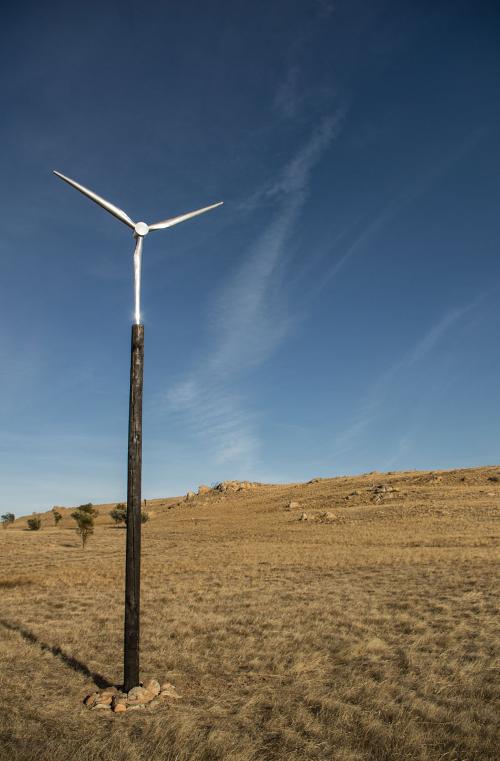
The Palmer Sculpture Biennial is a characteristically transient, remote art event that takes place in the Mount Lofty Ranges of South Australia, some 70 kilometres east of Adelaide. Led by sculptor Greg Johns, who purchased the 163‑hectare property of rain‑shadow country at Palmer in 2001, it has become a place for artistic nomads, who converge on the landscape to create ephemeral and site‑specific art. This unique art event that takes place every two years is aligned with an ongoing program of land regeneration, supported by a community of artists and environmentalists.

